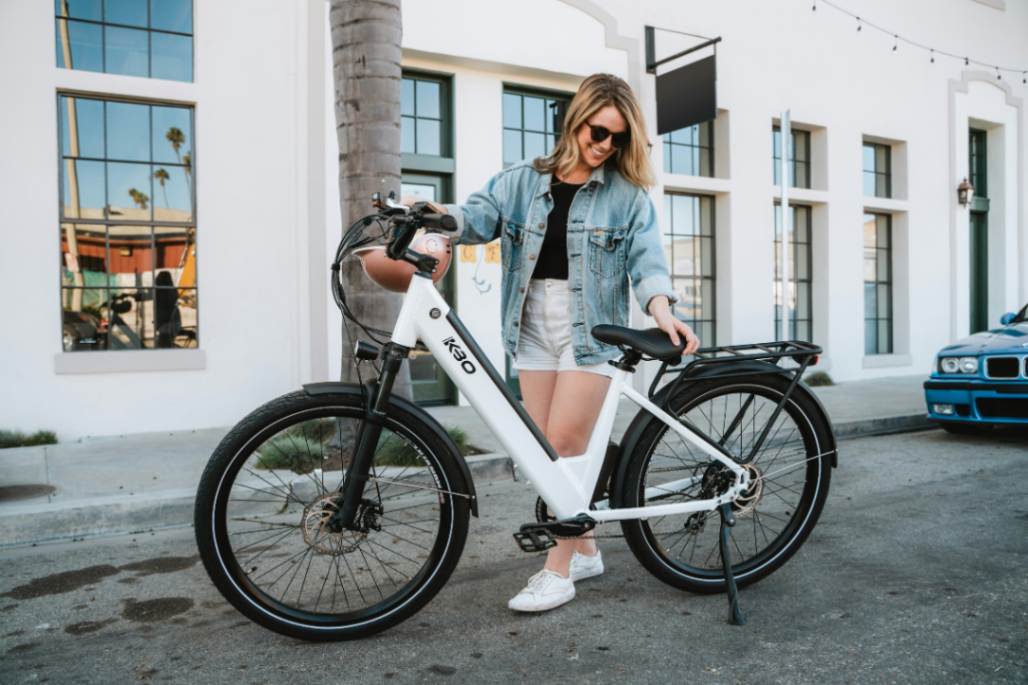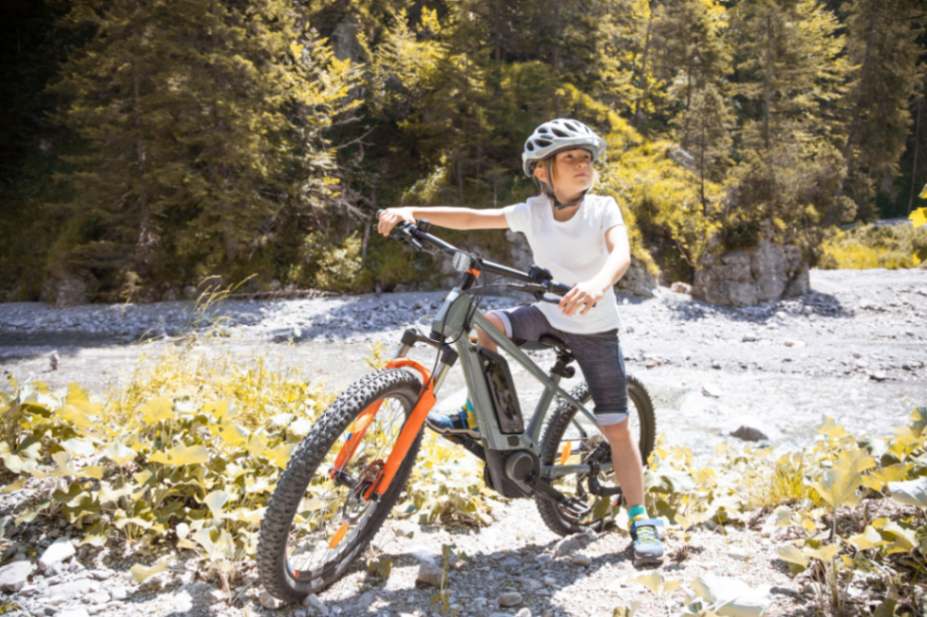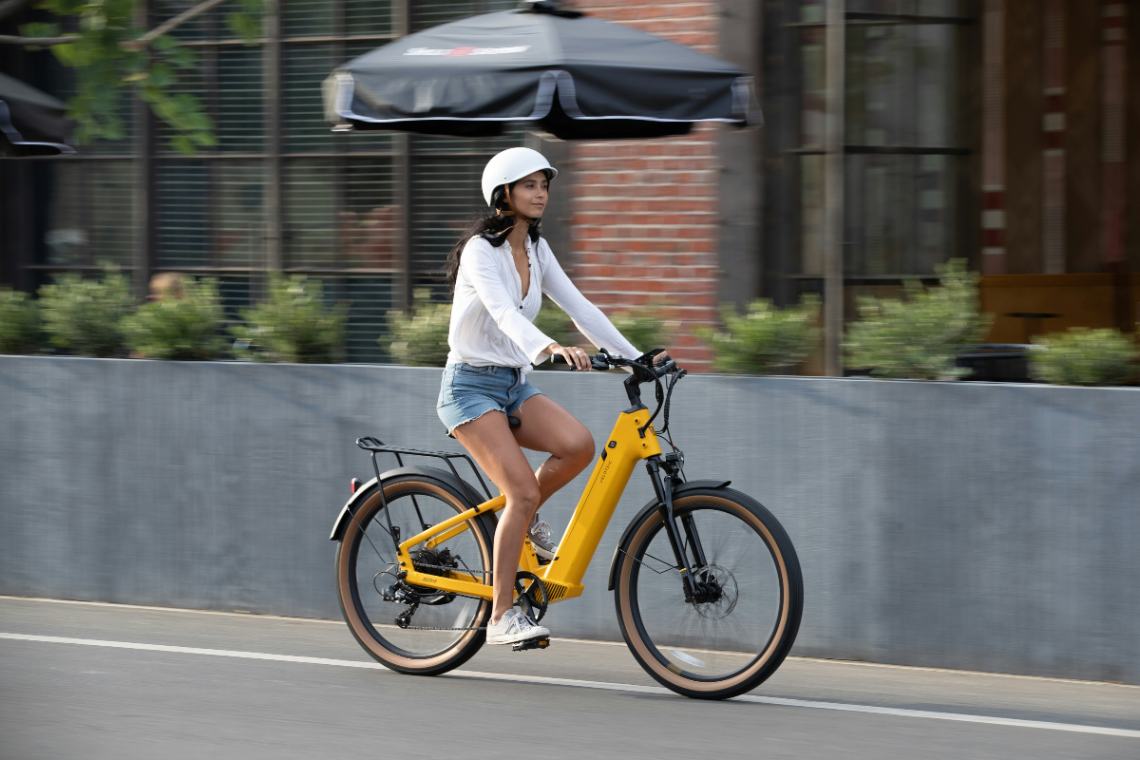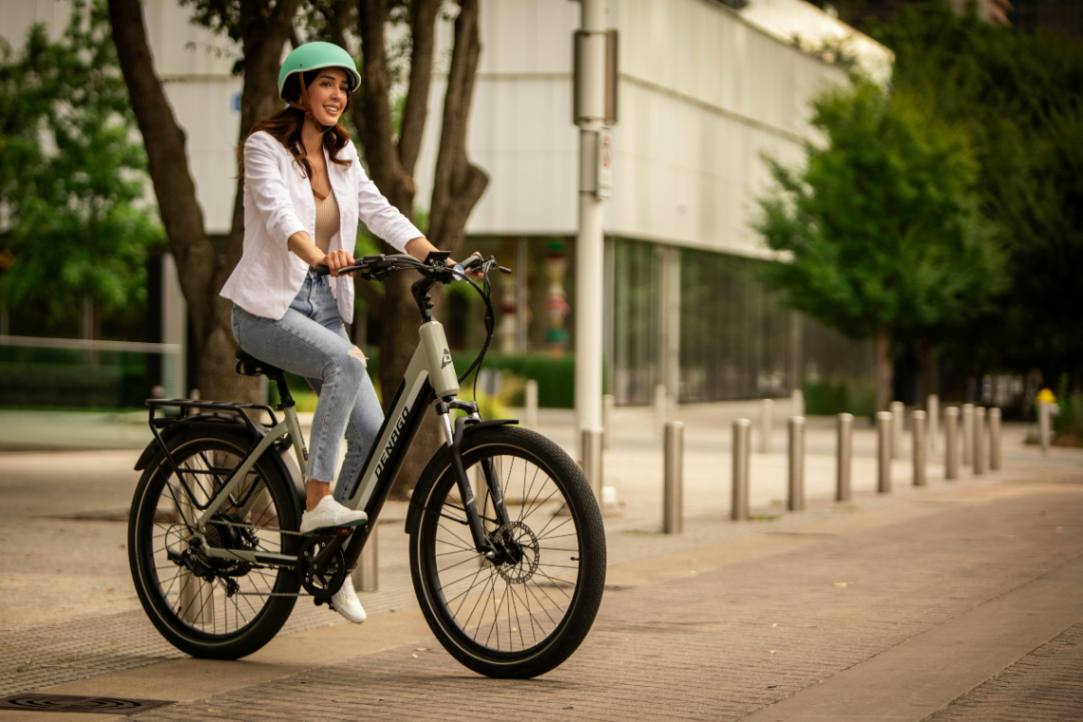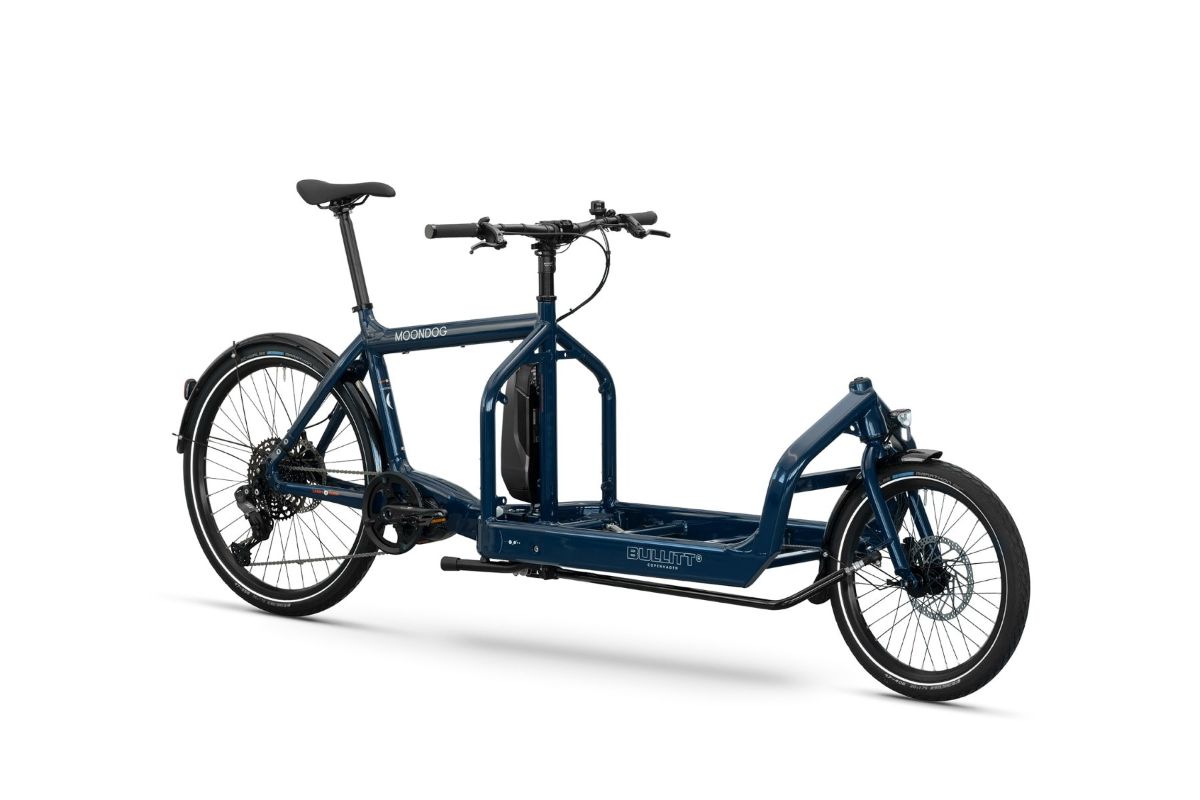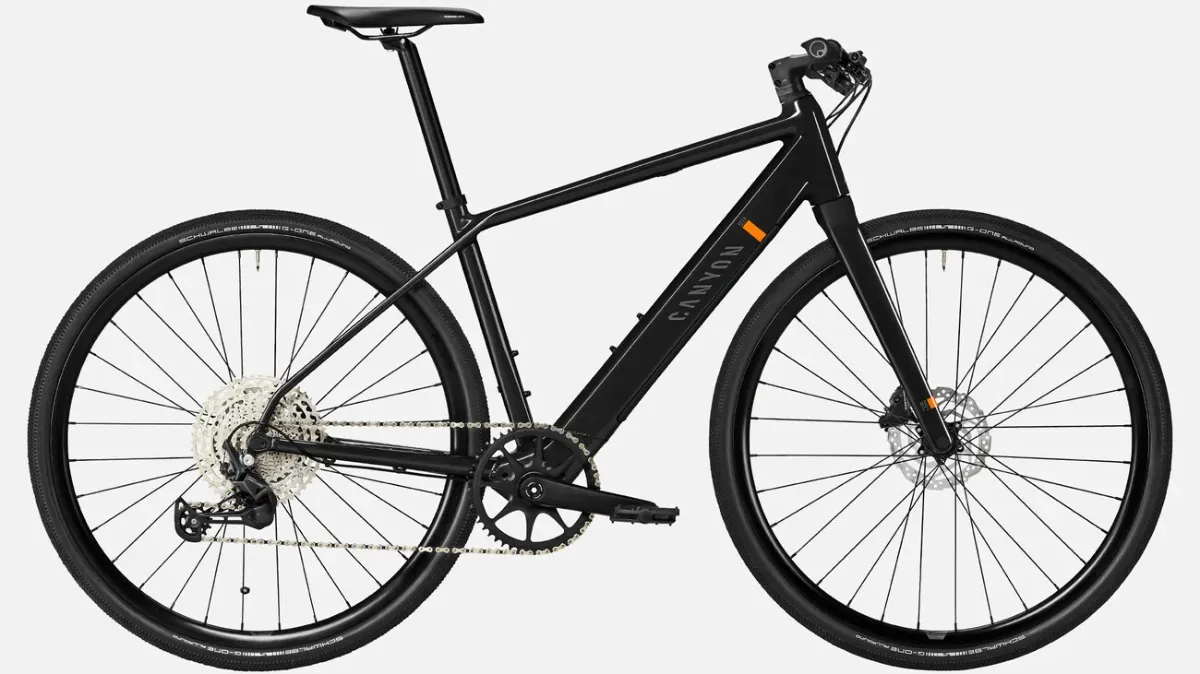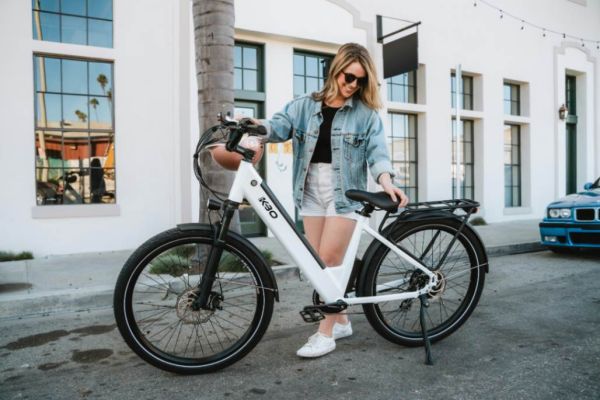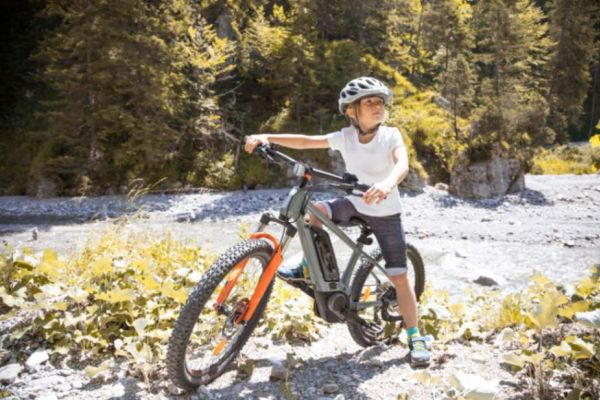How to choose your perfect e-bike
If you're considering an electric bike, you may have quickly become bewildered by the array of options. That's understandable - there are a lot of choices out there. Here's how to choose the best e-bike for you.
Key takeaways
-
There are many types of e-bike, so clarifying what you expect to use the e-bike for is key.
-
There are various specialist options which may be more suitable for particular types of rider - children, women, people with disabilities, older riders and so on.
-
We are here to help you to clarify your needs and cut down the choice to good options for you. Start by reading this guide and follow the links to explore areas of interest in more depth.
Table of contents
The essentials
There are a couple of things that you need to think about regardless of what type of electric bike you're looking for.
First, make sure it's compliant with your local e-bike regulations - you don't want to find yourself accidentally riding an unregistered motorbike.
Second, it's a good idea to be familiar with the basics of e-bikes - things like motors and batteries are common to all styles of electric bike. You should also buy from a recognised brand to ensure you've got a warranty and decent after-sales support.
Having got that out of the way, there are two key considerations when you're navigating through the electric bike maze.
There's you - the kind of person you are and any needs that go along with that.
And there's your purpose or intent - what you want to do with an e-bike. The challenge is to find the intersection between the e-bikes that you're happy to ride and the e-bikes that will do your desired job.
Choosing an e-bike based on your needs
People come in all sorts of shapes, sizes and abilities. Some people have advantages, some have disadvantages. There's kind of a baseline with bicycles, in that the usual default human is an average height, average weight, young adult male in good health with a full complement of limbs. This default human can stand and walk unaided and can see, hear and process everything that's going on around them.
You will have noticed that not everyone (and actually, only a minority of people) fall into this category. Most people are younger, older, taller, shorter, not male, have health issues or disabilities or some combination of those. Traditionally this hasn't been something that the bicycle industry (or, really, most industries) have been very good at accommodating.
In many ways, electric bikes have levelled the field here. Getting an extra boost to your pedalling is a massive boon to anyone who struggles with physical exertion for whatever reason. But there are lots of other aspects that might move your options in a particular direction. Obviously there's considerable overlap between these areas!
Children
Key considerations
-
Ensure that the e-bike is the right size
-
Take care over weight - a heavy kids bike can be very awkward for a small child (and you)!
Children aren't that much different to adults, they're just smaller and have slightly different proportions. The main challenge with any bicycles for children is that they grow. As a result, electric kids' bikes are available in a wide range of wheel sizes to accommodate ages from under 2 to adulthood. The usual wheel size progression is 10, 12, 14, 16, 20 and 24in. The 26in wheel size was the standard for adult mountain bikes for years, but having been supplanted by larger wheels, 26in is now mainly seen on bikes aimed at teenagers.
When it comes to electric bikes, the main challenge is packaging and weight. Motors and batteries take up space and there's not much space to spare on a small bike. Make sure that frame sizing and geometry hasn't been compromised to fit a motor - check specifications against comparable non-powered bikes to be sure.
Weight is a challenge for all kids' bikes. Children are small and heavy bikes can quickly become unmanageable. A motor will help them to keep up with grown-ups but the extra weight can make the bike unwieldy when pushing or parking it. It'll also be harder for you to carry if the child gets tired (although the motor should help a bit with staving that off).
Women
Key considerations
-
Depending on your build, an e-bike with specific geometry designed for women may be more comfortable.
-
Many women find e-bikes designed for men too long. Look for shorter frames and consider adjusting saddle and handlebar positions or shapes.
Historically the bicycle industry hasn't always been great at catering to the women's bike market, despite it being half the world. For a long time if a manufacturer had women's bikes in their ranges at all they might just be the mens' bike with a different frame size sticker and a pastel paint job. Thankfully things have improved markedly, with most e-bike manufacturers offering a range of frame dimensions and finishing kit to allow any gender to get comfortable.
It's entirely possible that some women will be more comfortable on a "man's" frame, and vice versa. Some makers, recognising that there's a greater difference within women's (or men's) body proportions than there is between them, have done away with "men" and "women" labelling and simply offer their bikes in short and long variants as well as the usual range of frame sizes. Contact points like handlebars and saddles are very subjective but easy to swap.
While step-through frames and frames with dropped top tubes have traditionally been features of women's bikes, in many ranges they're gender-neutral options. While many women may favour the ease of use of a step-through frame, many don't. Choice is good!
Older riders
Key considerations
-
An e-bike can be a great way to start exercising when this is new to you, or you are somewhat lapsed!
-
An e-bike may keep you riding for many years to come.
-
Step through frames, and e-tricycles are great options for those who find getting on and off a bike physically challenging.
-
More upright e-bikes may be more comfortable if you are less flexible than in the past.
Many long-time cyclists switch to an e-bike as they get older and can no longer pedal as vigorously as they once could. A bit of pedal assistance means that they can keep getting the miles in regardless. But there's no reason not to return to bikes later in life even if you've not ridden for decades. If that's you, you'll probably want to look towards urban or trekking bikes, with user-friendly handling and riding positions.
One area that older people can have problems with is getting on and off a bike - they may be fine when they're rolling but either end of the journey can be tricky. Thankfully, many manufacturers now offer bikes in a selection of frame styles, so if the traditional "diamond" frame doesn't work for you, you have options. Many bikes are available with a dropped top tube or as a full step-through frame without a top tube at all. These are much easier to get aboard. If balance is a problem, look at e-trikes.
As we get older we also tend to get less flexible, so a race-style riding position is probably not going to be brilliant long-term. Bikes with flat, rather than dropped, bars are a good choice. Remember that components like handlebars and handlebar stems are easy to change to adjust fit.
People with disabilities or mobility issues
Key considerations
-
E-bikes provide a great opportunity for people with disabilities to get active and mobile.
-
Depending on your disability, there may be options in the mainstream e-bike market that suit.
-
Specialist retailers offer adaptive e-bikes and these will be better for some disabilities.
-
Tricycles can be a great starting point if you struggle with stability or worry about fall risk.
Obviously this is an extremely broad category. But when it comes to bicycles generally and e-bikes in particular, there are some disabilities that need special consideration. It's worth doing, as there are potentially massive benefits in terms of mobility and independence from electric bikes.
Depending on the nature and extent of disability, there may be suitable bikes in the "mainstream" ebike market that will either be fine as they are or need a few straightforward modifications or component swaps. There are well-established methods for putting all the controls on one side of the handlebar, adapting bikes so they can be pedalled with one leg, adapting for prosthetics and so on.
More severe disabilities can be catered for with specialised "adaptive" e-bikes. Common examples include handcycles (with hand cranks instead of pedals, plus a motor) and tricycles for greater stability. Tandems are a good option of visually-impaired riders. There are also trikes designed to carry a wheelchair user as a passenger.
A pedal-assisted bike is often a great boost for anyone with a disability or condition that affects mobility.
Choosing an e-bike based on what you want to do
Getting yourself to places
The invention of the bicycle brought about a revolution in personal transport, providing an affordable way for people to cover distances more quickly than they could on foot. While cars have become the dominant transport option during the 20th century, bikes are still a great option and e-bikes even more so.
The workplace is a key destination, with trips to or from work, school or college accounting for about 14% of all journeys in the UK. In general, people aren't carrying a huge amount of luggage on these trips (but if you do, look at Carrying Stuff below) so e-bikes for commuting don't need masses of carrying capacity - a rear rack or just a rucksack usually works fine.
Your choice of electric bike here really comes down to the nature of your journey. If it's short and busy, and urban or city bike is a good bet, with an upright riding position for a good view. If you're using public transport for part of the journey, look for a folding e-bike. Unusually long commutes on open roads may be best tackled on a lightweight electric road bike. Sat in the middle of all of the options are trekking or hybrid bikes, which can turn their hands to almost anything.
Carrying stuff
Shopping is the number one reason that people in the UK (and many other countries) make journeys. It's easy to see where e-bikes work on the way out, but given that shopping generally involves acquiring things you're likely to have stuff to transport back. You need to consider the volume and weight of your stuff here. A selection of clothes shop bargains will easily go into pannier bags on a rear rack, for example, so you don't really need an e-bike that's particularly out of the ordinary.
If you're looking at getting your week's groceries or you need to ferry small children around, though, a conventional e-bike isn't going to cut it and you'll need to look at cargo bikes. These are typically longer than regular bikes, with frames designed for carrying loads and extra-torquey motors to pull them along. There are a number of styles of e-cargo bike.
Getting fit and having fun
While e-bikes are very useful for getting around, they're also fun to ride. And even though they're equipped with electric motors, you can still get fitness benefits. Road-legal e-bikes can only provide pedal assistance, so you still have to make some contribution through the pedals. The best part of this is that you can choose how much that is. If you're not up to vigorous pedalling, turn up the assistance. If you want to get your heart rate up a bit, turn down the assistance so you're doing more work. If your goal is fitness, you can start easy and gradually up your effort as you get stronger, rather than being thrown in at the deep end with a conventional bike.
If you're choosing an e-bike purely for recreational purposes, the main decision is between on-road and off-road bikes. If you're planning to stick to Tarmac then an electric road bike will give you sports cycling vibes with a bit of a permanent tailwind thanks to the motor. If you're not sure about traditional drop bars then flat bar road bikes are available - sometimes marketed as "performance hybrids". If you think you may venture off-road but are still looking for performance, have a look at e-gravel bikes or, again, hybrids.
Focussing primarily on off-road? Consider an eMTB. These have a whole range of options of their own, with a spectrum of competence from cross-country all the way to downhill. If fun is the question, then electric mountain bikes could well be the answer!
Frequently Asked Questions
I'd like an e-bike to do a bit of everything, what's my best option?
If you're looking for versatility, stay away from the specialist niches around the edges and go for the core. Trekking e-bikes have a bit of everything - they're reasonably light, they're fairly comfortable and they can carry a decent load as well. With perhaps a bit of tyre swapping a trekking bike will do a pretty good job of most things.
How do I try out an e-bike?
Visiting a real-life local bike shop is a good bet, although not all shops have everything on hand for test rides and you might not be able to go far. Keep an eye out for demo days, where a manufacturer brings a fleet of demo bikes and teams up with a local shop. Sometimes these might include more than one brand, a good opportunity for comparisons.
I quite like the pedal bike I have. Can I convert it?
Yes, you can. There are plenty of electric bike conversion kits available, some using a front hub motor or rear hub motor and some with mid drive motors.
Summary
With just one manufacturer's e-bike range running to hundreds of options, there's a bewildering amount of choice out there. To narrow things down, think carefully about your personal needs and about what you want to use your e-bike for. At the very least you'll identify options that really won't work for you. Start by reading our comprehensive guide to types of e-bike.
Related content
Read more great content from ebike.help and become an electric bike expert today.

